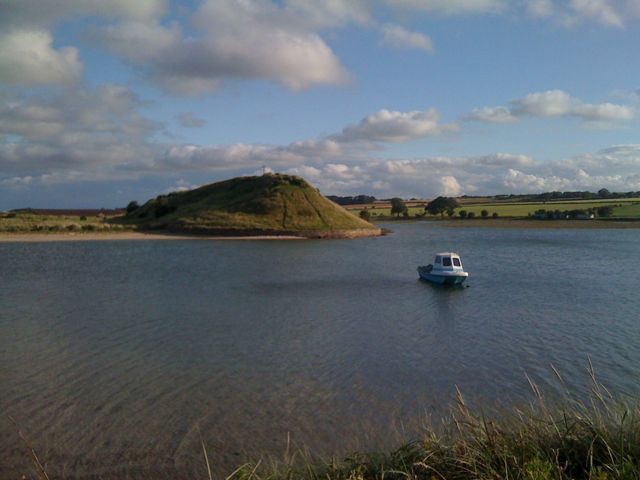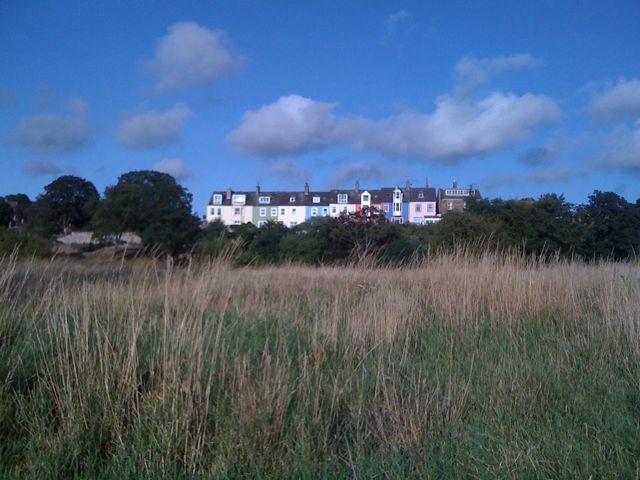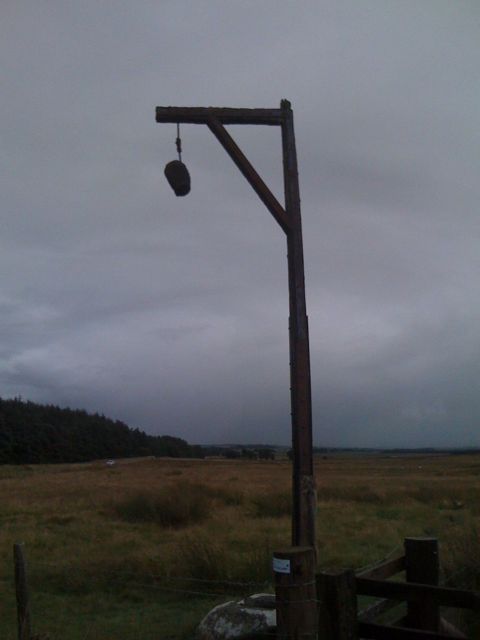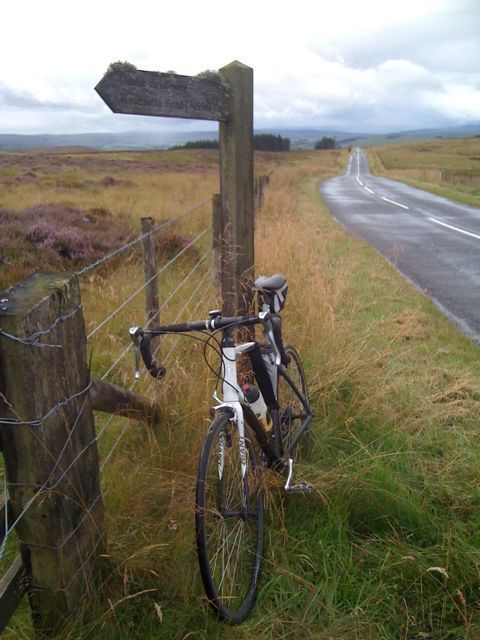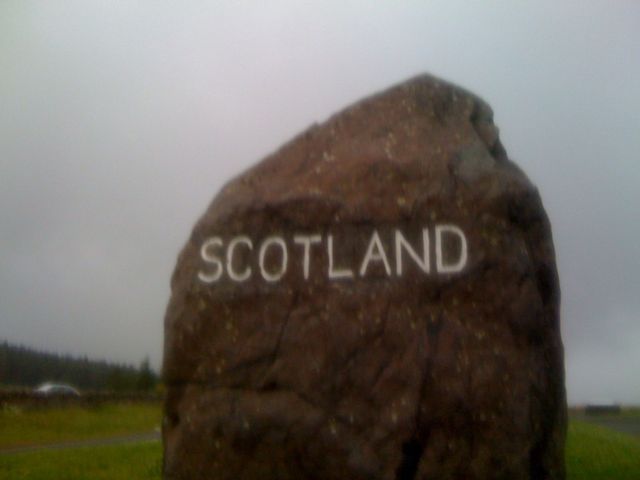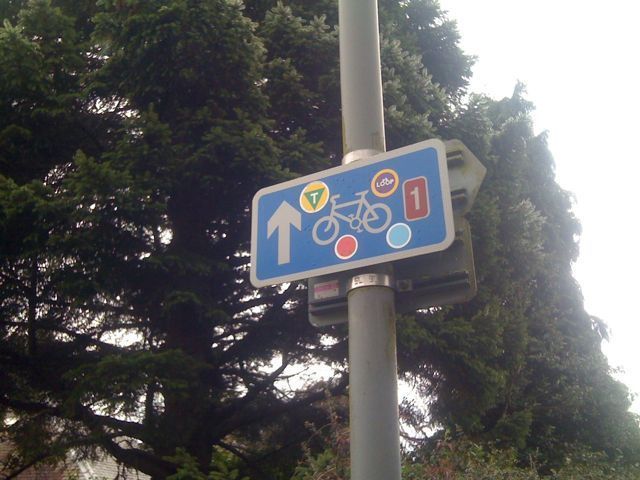Street-O runners who read this blog may be interested in the most recent posting on my research blog.
Open Plaques
 The Open Plaques project, currently in alpha, is aiming to catalogue, photograph and georeference the numerous “blue plaques” scattered around London and elsewhere in the UK. Blue plaques generally mark the house where someone famous lived, or some other event happened. The London ones are generally blue and circular, and are put up by English Heritage or the local borough councils. Other towns and cities have their own schemes.
The Open Plaques project, currently in alpha, is aiming to catalogue, photograph and georeference the numerous “blue plaques” scattered around London and elsewhere in the UK. Blue plaques generally mark the house where someone famous lived, or some other event happened. The London ones are generally blue and circular, and are put up by English Heritage or the local borough councils. Other towns and cities have their own schemes.
Contributing to the project is as easy as uploading a (georeferenced) photograph to the Open Plaques Flickr group. In due course, a “machine tag” will appear on your photo, linking it to a blue plaque in the Open Plaques database, and the photo itself should also appear on the site, as long as you’ve specified a licence that allows this to be done. If the plaque is missing from the database altogether, then a new entry presumably gets set up.
Note that the iPhones automatically georeference photos as you take them, however the GPS positional accuracy is very poor unless you give time to settle enough satellites, so I manually re-georeferenced the photo in Flickr using the interactive map tool there.
The good news is that the data on Open Plaques is public domain, so can be used for any purpose. Potentially this could include adding the plaques into OpenStreetMap in the future.
Open Plaques derived the London list from the English Heritage website, which has details and addresses, but no maps or photos. This is very similar to something I did for part of my MSc dissertation last summer, which was looking at using modern GIS and geospatial techniques for enhancing Street-O maps.
Street-O events generally involve finding places and noting down a specific answer at the place, to prove you’ve been there. Blue plaques are popular with course planners, as they are generally unique, in one clearly defined location and contain unambiguous information that the competitor is unlikely to already know.
For part of my dissertation, I screen-scraped the English Heritage website, ran the addresses through Google Local to geocode them, and then plotted the results in a GIS – the idea being the race planner could then use these to build up a race map and question sheet, without having to trawl the streets trying to find plaques manually. Around 80% of the plaques were successfully placed on the map in this way, although the geocoding accuracy wasn’t always great, due to the natural inaccuracy and non-systematic placement of street addresses.
I wrote:
(5.4.2) It was decided to look at these features as one example of using a spatial dataset unrelated to orienteering to enhance the process of creating a Street‐O map for an event…
Unfortunately the blue plaque data isn’t freely available in a spatial format – users can search by postal district, but then are presented with a list of addresses rather than a map.
The pictures below show the results for the Islington area, on the left from the dissertation, and on the right the equivalent map currently on OpenPlaques. (It would be straightforward to pull the data into a GPS, from the CSV files the site provided, for a proper side-by-side comparison. I’m just being lazy by screen-grabbing the map as-is.)

Plenty more to be added to Open Plaques. The best way, of course, is to visit them – the locations can’t be copied across from my derived list, unfortunately, as the Google-derived locations are not free of copyright.
Potentially the Open Plaques database, once complete for London, will simplify this process even more, by allowing a one-step import of plaques, inscriptions and most imporantly accurate locations, into the GIS, for easy map creation.
Temple

Photo by RachelH_ on Flickr.
Exciting news for the second City of London orienteering race that is happening on Saturday 12 September – I’ve just heard that we have been granted access to parts of the Temple complex for the race, with kind permission of the Inner and Middle Temples.
The Temple is a fascinating and beautiful part of the city of London – it’s full of cloisters, quadrangles and gardens. It is the legal heart of the city, with numerous barristers’ chambers in the old and attractive buildings, making up the Inner Temple and the Middle Temple, two of the four Inns of Court. Also situated in the complex is Temple Church, of Knights of the Templar (and Da Vinci Code) fame. Curiously, the area not legally part of either the City or Westminster, instead it acts as its own local authority.
I’m not the planner for this year’s race, although I am updating and extending the map. News of access to the Temple is a mixed blessing for me – it will undoubtedly be a superb area to run in and will enhance the race, but it also means I have my work cut out to have it properly mapped in time.
Anyway, if, due to permissions issues in Oxford and weather delays in Cambridge, you are longing for the kind of tight, intricate orienteering you get around Oxbridge colleges, then the City of London race this year could be the next best thing. (Note however that not all courses will be using the Temple area.)
Entries are filling up nicely now so get yours in well before the closing date!
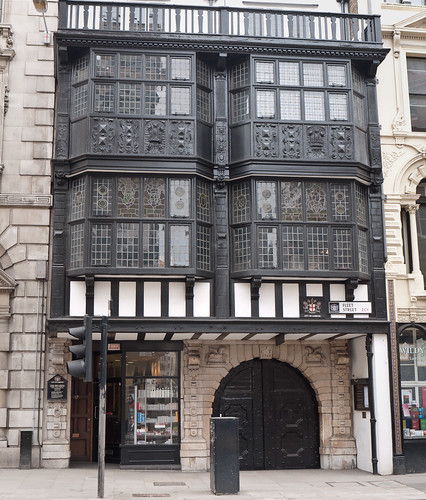
Photo by SWH on Flickr.
Peter Reed has been doing some excellent work comparing the Department of Transport measured road lengths by English county, and comparing them with the total lengths of roads in OpenStreetMap.
This has only recently become possible to do with spatial data purely in OpenStreetMap, because the English counties have now been completely added to the project. This last step was harder than it might seem because there is no freely available definitive source for boundaries in the UK (which is just plain odd.) Instead, it was necessary to use a combination of local knowledge, examining signs and council objects on the ground, and trace from out-of-copyright maps, to form the boundaries.
Peter’s choropleth map is excellent and deserves a wider audience, here is a smaller version of it (click through to see the large version, which may also have been since updated.)
 Choropleth of OSM road coverage vs Department of Transport figures, by Peter Reed.
Choropleth of OSM road coverage vs Department of Transport figures, by Peter Reed.
It is encouraging to see many areas at nearly (or over) 100% coverage, there are a number of reasons why coverage might be more than the Department’s own figures, due to more up-to-date information, counting of slip roads, and mis-tagging private roads as public on OSM, so the map’s figures should be taken with a pinch of salt.
The Welsh and Scottish county boundaries are not yet complete in OpenStreetMap so the coverage analysis cannot yet be completed.
Muki has also (with a student) done OSM road coverage analysis, using equal area blocks rather than county-based units.
Day 5 Redux – The Borders
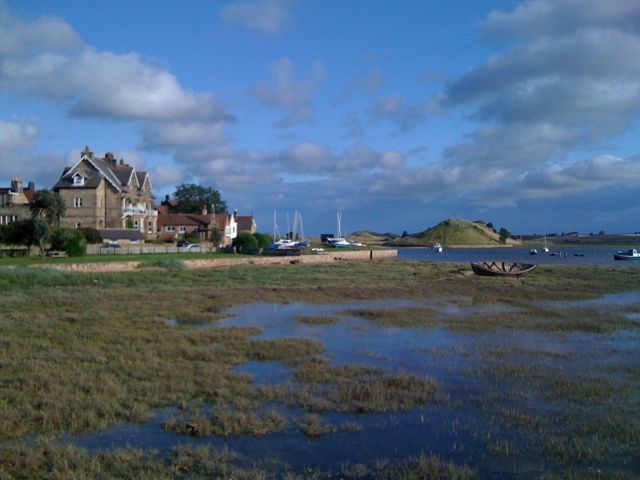
I made it to London from John O’ Groats – “Joglon” – a couple of weeks ago, but there was a missing link in the journey. I took an unplanned recovery day on the Edinburgh-Morpeth leg.
Having been back up in Scotland for the last week for the Scottish 6 Days orienteering races, I had a chance yesterday to complete the link. After a largely dry week for the orienteering, the rain was back, but this was nothing new – it had rained on 10 of the 11 Joglon days.
I set off at 0830 with unmoveable target – a 1730 train from Morpeth back to Edinburgh. The back roads to Temple and along down to Galashiels were pleasant enough, a very green landscape through the pouring rain. At one point a deer leapt across the road just in front – if it had hit me or the bike it would have been game over.
At Galashiels it finally stopped raining. I passed through Melrose, around the Eildon Hills, through Newtown St Boswells and on to the dreaded A68, before stopping for lunch at the half-way point at Jedburgh. It was pleasantly warm but I got some funny looks from the locals in my cycling attire.
Back onto the A68, which was pretty quiet and not that bad really, up and up to Carter Bar, the Scottish-English border, at 420m altitude. Interestingly the Scottish Saltire flies on one side and the Northumberland Flag, rather than the St George’s Cross, on the other.
It started to rain again, so I quickly headed off down to Otterburn and Elsdon, before gradually descending on a very straight and quiet road to Morpeth. On the way I passed a rather bizarre hangman’s gallows, complete with wooden head, on a moor beside the road. This is known as “Winter’s Gibbit”.
Cycling time was just under 7 hours, with just an hour on breaks, for 155km.
I had an hour between trains at Alnmouth on the way back, so wandered around the tiny but extremely pretty village and bay.
Scottish 6 Days – Tay 2009
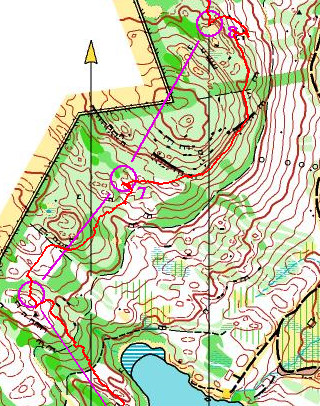
Well, that was good.
My sixth Scottish 6 Days international orienteering competition in Perthshire/Tayside has just finished – around 3000 competitors and seven days of competition (including the supposed “rest” day). Six sunny days and just one day of persistent rain, unfortunately it was the most rugged day. Still, it meant the other days were appreciated even more.
Here’s my writeup in my training log.
Here’s some map extracts, showing my most outrageous mistakes and some nice bits of the areas:

Day 1 was a tough, physical day, this actually turned out to be my best result of the week. I was frustrated at not being able to run at any speed on the steep, slippery hillside. My only mistake of any significant size was stopping too early on the approach to No. 8 and searching in the wrong place, resulting in an unnecessary 25m climb.
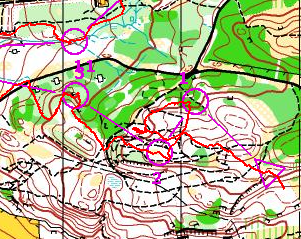
My main mistake on Day 2 was running beside the wrong hill at the start, and getting confused in the jumble of MTB-tracks, none of which I thought were marked on the map. They, of course, were, and I was in the wrong place. Note the interestingly steep approach to the start flag.
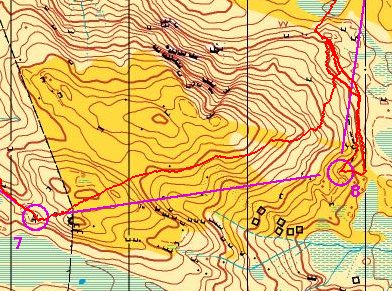
Day 3 was the only rainy day, a shame as it was probably the grandest area. I was OK until I hit the open moorland, where I made the biggest mistake of my week, running over the big hill and coming off it too far to the north. The mistake was compounded by a parallel error once I had descended.
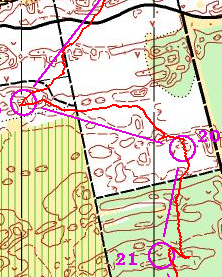
Tentsmuir (Day 4) was a joy to run in after the climbs of the previous days, and I felt I had a very strong time – of course, everyone else did well, too. It was a nice and sunny day – shame about all the ticks.
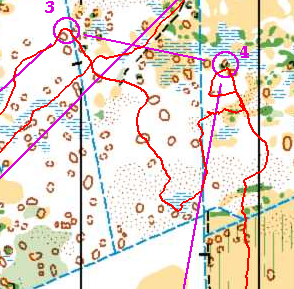
A pretty horrible mistake from No. 3 to 4 in a fantastically complex bit at the beginning of Day 5. I completely failed to see the second vertical blue line to the right, which was an obvious ditch and would have been useful to run blind to. Instead I personally inspected each small mound in the broken area to the south.
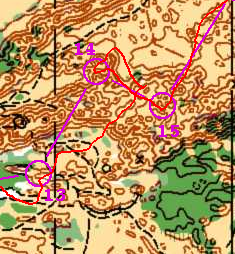
Much of the rest of Day 5 was on – or running between – big sand dunes. This was the most impressive complex, I got lucky here, and didn’t have major problems – the way to No. 14 was fixed quickly as I knew what I had done. Large numbers of other people were stopped and looking very lost – quite a few on my course lost ~10-12 minutes here.
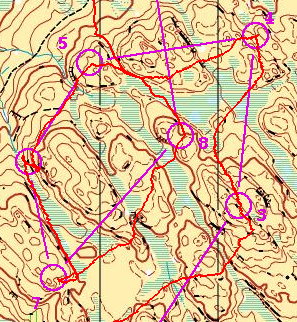
Finally, a very physical and technical, but satisfying, end to the week. Only the marshes could be run along at good speed (e.g. 6-7), the heather on the open areas was pretty tough. I came out of No. 3 in the wrong direction but fixed it on the way. No. 6 was lower down than expected, it wasn’t just me that made this mistake though.
Best bits of the week were:
- Finishing generally much higher up the results than I had anticipated. Admittedly I was running Short Open, and had just finished an 800 mile bike ride. Generally my results got worse throughout the week, normally they get better, so I had started with a good base-line fitness this year.
- The variety of areas used – from proper Highland hillside to huge sand dunes.
- The weather – six sunny days out of seven!
- The spectacularly steep start on Day 2, with lines of starters towering above the pre-start area.
- Tentsmuir (Day 4) which was a lot better than I had been expecting, based on previous runs there.
- Cycling across the Tay Bridge.
- The SLOW tea-party at their mansion, with manic dog and large trampoline.
- The train journey from Edinburgh to Perth, along the Fife Coastline, was extremely beautiful.
- The view from the start on Day 6 – wow.
Worst bits of the week were:
- My travelling. Staying at home in Edinburgh, and travelling up each day, was a bit ambitious. I ended up staying at the much more convenient SLOW accommodation for the last couple of days.
- The several big (>5 minute) mistakes that I made, because it was never really intensely technical – i.e. the mistakes were all dumb ones.
- The Day 2 area – but only because I had been really looking forward to it. It felt a bit too “southern England”.
- Getting mobbed by ticks after Day 4’s run, both big black deer ticks and little brown sheep ticks. I found 36 of the pests crawling on my legs, including 6 biters.
- Going over on my ankles repeatedly on the steep and nasty descent down the gully at the end of Day 6, so hobbling to the finish and getting beaten almost at the finishing line by Peter M.
- There was no loch on the Loch Ordie map. A loch-side finish somewhere would have been lovely.
- My performance at table-tennis. Oh dear.
All in all probably the best Scottish 6 Days event I’ve been to.
City Races Coming Up
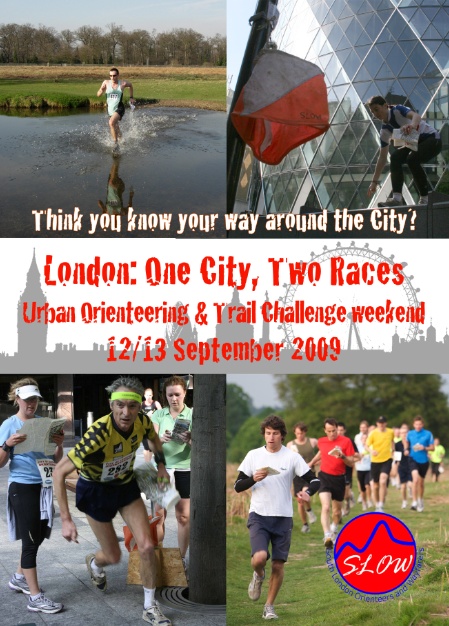
There’s a few City Race orienteering events coming up this autumn – if you like this format, don’t forget to enter them!
- 5 September – SE Sprints at the University of Kent at Canterbury. OK, not really a city race, but very near the historic city and with two runs on a brand new map, I’m looking forward to it.
- 12 September – City of London Race – SLOW’s second full-scale race on the streets of the City. Nearly a hundred entries already so get yours in quick.
- 11 October – Chester City Race – organised by DEE. I’ve got a sub-£20 return train ticket from London, so I’m going! Also good to see the entry fees are modest.
- 17 October – Cambridge City Race (entries not open yet) – this is the race that was postponed due to the heavy snow in March. Still looking forward to this one greatly. N.B. Additional entries open in mid-August but the race will be restricted to 350 in total.
- 31 October – Oxford City Race (no details yet) – the third race in Oxford, it will be interesting to see what colleges the races get access to this year.
- 21 November – Sheffield City Chase – last year’s was very cold but good fun with two sprints in urban areas, following the chasing sprint format. The poster for this year’s race looks amazing!
Also – have a look at this map of an orienteering race in a (multi-storey) shopping centre in Switzerland (via @highlandsopen on Twitter).

Publicity for the 2009 City of London Race by Brooner.
The next London mapping party is on Thursday evening, in Mayfair, the really posh bit of central London (you can tell its posh as it only has one bus route going through it.) See here for details and to signup.
What’s special about this one is that Cloudmade’s in-development mapping editor, Mapzen, might be being demoed. The screenshots look very interesting, this could be pretty cool.
Thurlon Route

Here’s how the route compared with what was planned:
| Stage | Day | Planned Dist /km | Actual Dist /km | Moving Time | Moving Speed /kph | Notes on the actual routes taken |
|---|---|---|---|---|---|---|
| 0 | 0 | 63 | 64 | 2h25 | 26.5 | As planned. |
| 1 | 1 | 145 | 136.5 | 6h25 | 21.2 | Shortcut up Strathnaver. |
| 2 | 2 | 140 | 139.4 | 7h00 | 20.0 | Small shortcuts near Munlochy and Fort Augustus. |
| 3 | 3 | 141 | 164.3 | 6h53 | 23.9 | Road route to Gairlochy and extension down Loch Lomond. |
| 4 | 4 | 138 | 131.6 | 6h19 | 20.8 | Via Aberfoyle and Thornhill instead of Loch Katrine. |
| 5 | 5 | 152 | 155 | 6h55 | 22.4 | Two weeks later. |
| 6 | 6 | 149 | 148 | 6h46 | 21.9 | Small shortcut through Durham. |
| 7 | 7 | 142 | 143.5 | 6h58 | 20.6 | Small diversion near Walkington. |
| 8 | 8 | 164 | 181.5 | 7h26 | 24.4 | Extended to Wolferton. |
| 9 | 9 | 173 | 117.5 | 5h43 | 20.6 | Stopped just south of Cambridge. |
| 9 | 10 | 85 | 87.5 | 4h30 | 19.4 | Went SW from Clavering and down Lea Valley. |
| TOTALS | 1492 | 1468.8 | 67h20 | 21.8 |

Day 6: The ruined abbey above Whitby, from the youth hostel grounds.
Thurlon Places

Here’s all the cities, towns, villages and attractions I’ve cycled through in the last 12 days.
The styling of the text shows if it was raining, cloudy or sunny.
| 0 | Thurso > Castletown > Canisbay > John O’Groats > Mey > Dunnet > Castletown > Thurso |  |
|---|---|---|
| 1 | Thurso > Reay > Melvich > Strathy > Bettyhill > Strathnaver > Altnaharra > Crask Inn > Lairg > Falls of Shin > Carbisdale Castle | |
| 2 | Carbisdale Castle > Ardgay > Evanton > Culbokie > Munlochy > Kessock Bridge > Inverness > Dores > Inverfarigaig > Falls of Foyers > Whitebridge > Carn an t-Suidhe > Bridge of Oich > Invergarry > Laggan |  |
| 3 | Laggan > Commando Memorial > Gairlochy > Banavie > Neptune’s Staircase > Fort William > Onich > Ballachulish > Glencoe Village > Clachaig Inn > Pass of Glencoe > Rannoch Moor > Bridge of Orchy > Tyndrum > Crianlarich > Ardlui > Inveruglas > Tarbet > Luss > Inversnaid | 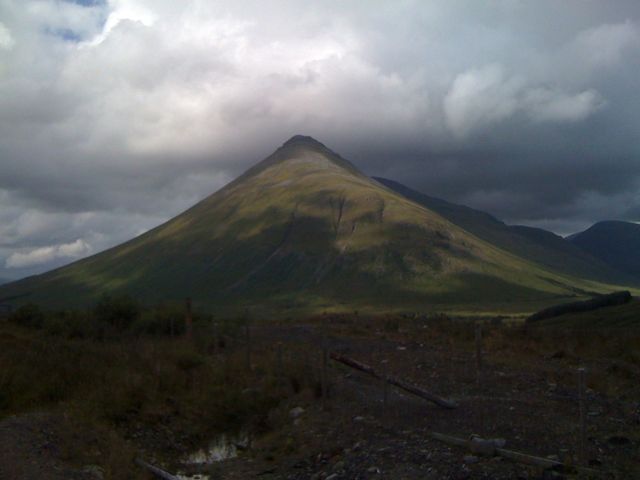 |
| 4 | Inversnaid > Aberfoyle > Thornhill > Doune > Bridge of Allan > Wallace Monument > Tullibody > Alloa > Dunfermline > Rosyth > Queensferry > Dalmeny > Barnton > Edinburgh > Lasswade | |
| 5 | Lasswade > Temple > Fountainhill > Stow > Galashiels > Melrose > Newtown St Boswells > Jedburgh > Carter Bar > Otterburn > Elsdon > Winter’s Gibbit > Morpeth | 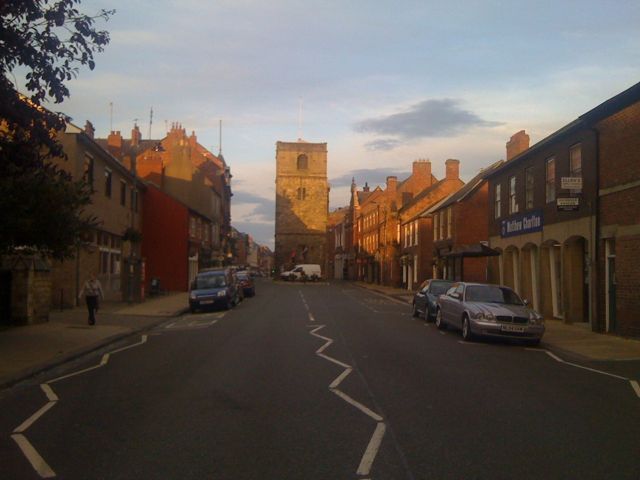 |
| 6 | Morpeth > Dinnington > Newcastle > Gateshead Millennium Bridge > Gateshead > Saltwell > Angel of the North > Ouston > Pelton > Grange Villa > Edmonsley > Sacriston > Durham > Shincliffe > Bowburn > Coxhoe > Sedgefield > Stockton > Infinity Bridge > Middlesbrough > Ormesby > Guisborough > Birk Brow > Scaling Dam > Sandsend > Whitby | 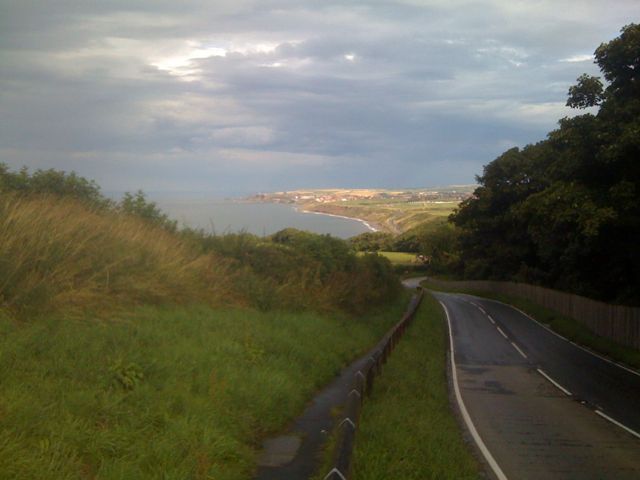 |
| 7 | Whitby > Hawsker > Robin Hood’s Bay > Ravenscar > Cloughton > Burniston > Scarborough > Osgodby > Cayton > Folkton > Hunmanby > Rudston > Kilham > Driffield > Walkington > Ripplingham > Welton > North Ferriby > Humber Bridge > Barton > Kirmington | 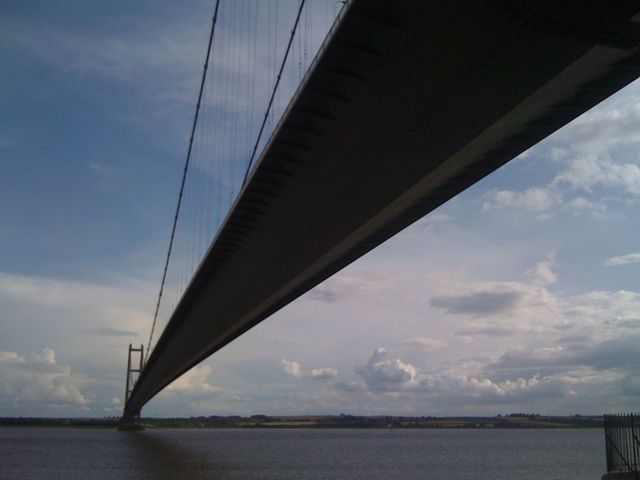 |
| 8 | Kirmington > Caistor > Walesby > Market Rasen > Wickenby > Stainton by Langworth > Scothern > Nettleham > Riseholme > Lincoln > Bardney > Tattershall Bridge > Holland Fen > Boston > Fosdyke Bridge > Long Sutton > Sutton Bridge > Clenchwarton > King’s Lynn > Castle Rising > Wolferton | 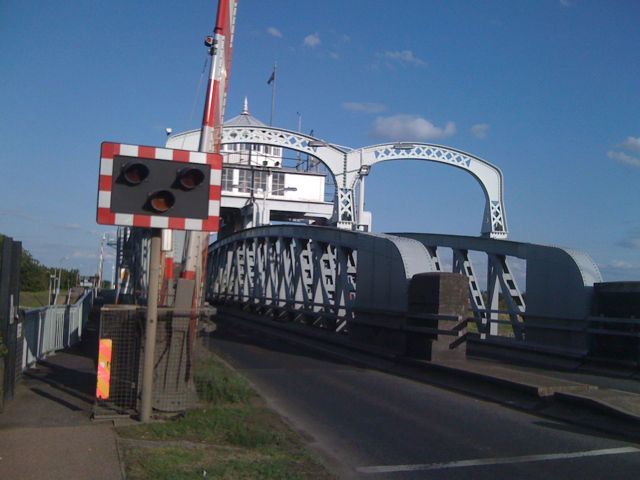 |
| 9 | Wolferton > Castle Rising > North Wootton > King’s Lynn > Watlington > Downham Market > Ten Mile Bank > Queen Adelaide > Ely > Witchford > Wilburton > Cottenham > Histon > Cambridge > Great Shelford > Sawston > Whittlesford Station | |
| 10 | Whittlesford Station > Hinxton > Ickleton > Arkesden > Clavering > Stocking Pelham > Much Hadham > Widford > Hunsdon > Roydon > Lower Nazeing > Enfield Lock > Lea Valley > London | 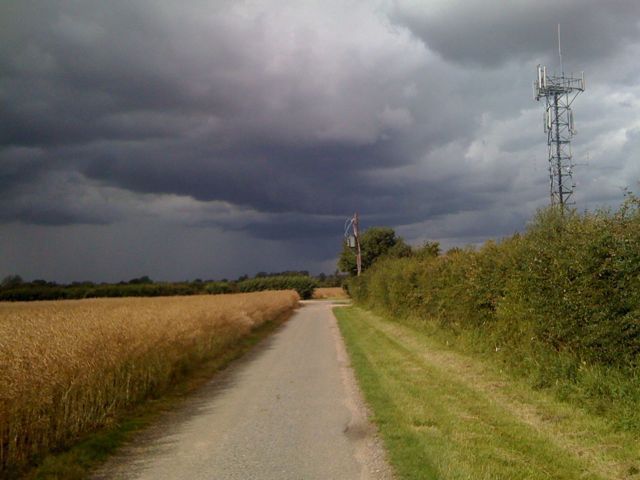 |
